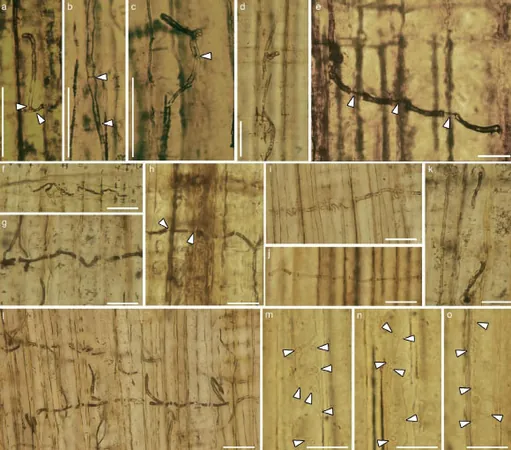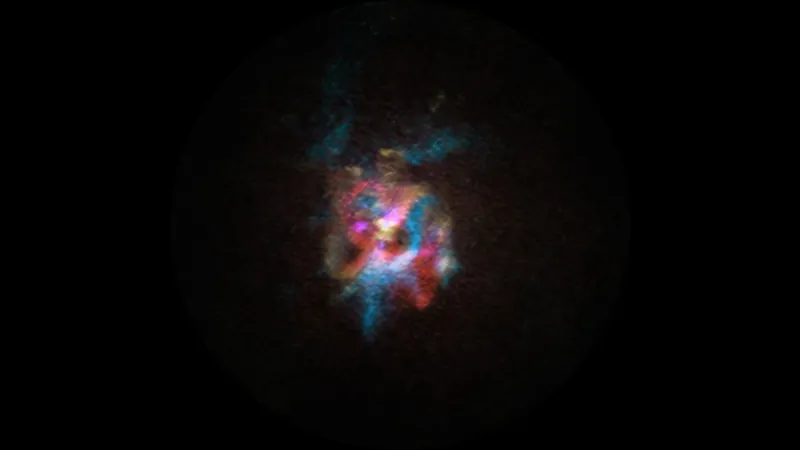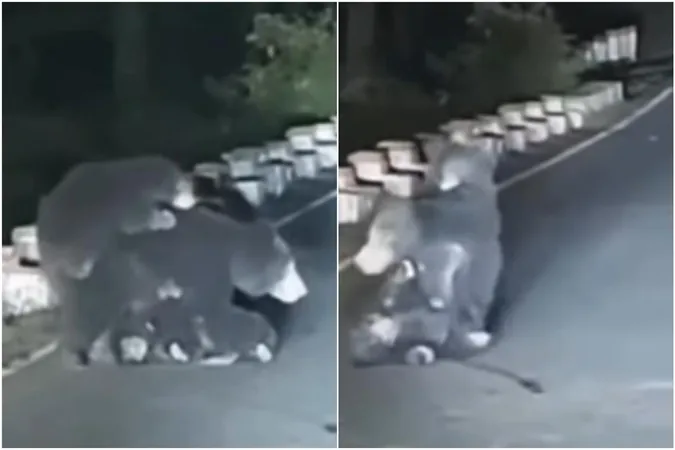
Ancient Blue-Stain Fungi Fossils Discovered in China: A Game-Changer in Evolutionary History!
2025-06-05
Author: Sarah
Revolutionary Discovery of 160-Million-Year-Old Fungus
A groundbreaking finding in northeastern China is turning heads in the scientific community: the first-ever fossils of blue-stain fungi that date back an astounding 160 million years! Embedded in the insect-infested wood of the prehistoric tree Xenoxylon phyllocladoides, these fossils push back the known timeline for blue-stain fungi by a staggering 80 million years, sparking new discussions about their evolution and their relationships with wood-boring insects.
What Are Blue-Stain Fungi?
Blue-stain fungi, a unique category of wood-dwelling fungi, are notorious for discolouring sapwood, especially in conifer trees. Although they are typically harmless to their hosts, their presence can exacerbate tree mortality when coupled with invasive wood-boring insects.
Shifting the Evolutionary Timeline
Dr. Ning Tian, a paleontologist from Shenyang Normal University, highlights the significance of this discovery. Prior to this, the first credible fossil evidence of blue-stain fungi emerged from the Cretaceous period in South Africa, approximately 80 million years ago. Now, the Jurassic fossils challenge previous notions and provide a clearer picture of the early evolution of these fungi.
Intriguing Insights from Ancient Hyphae
Upon microscopic examination, the well-preserved fungal hyphae exhibited dark pigmentation—characteristic of modern blue-stain fungi. Notably, these hyphae possessed a remarkable structure known as a penetration peg, enabling them to pierce tough wood cell walls without enzymatic decay. This unique mechanism not only confirms their classification but opens doors to understanding their interactions with both trees and insects during the Jurassic era.
Implications for Ecological Relationships
Dr. Yongdong Wang from the Nanjing Institute of Geology and Palaeonology emphasized that this discovery sheds light on the intricate ecological relationships between blue-stain fungi, plants, and insects millions of years ago. Interestingly, while modern blue-stain fungi rely on the bark beetle subfamily Scolytinae for spore dispersal, the evidence suggests that their ancient counterparts may have depended on different wood-boring insects that thrived during the Jurassic period.
Published Findings Set to Change the Narrative
This pivotal research is set to be featured in the June 2025 issue of the journal National Science Review, marking a significant milestone in our understanding of the evolution of fungi and their ecological roles throughout history. Stay tuned as more revelations unfold around these ancient organisms!






 Brasil (PT)
Brasil (PT)
 Canada (EN)
Canada (EN)
 Chile (ES)
Chile (ES)
 Česko (CS)
Česko (CS)
 대한민국 (KO)
대한민국 (KO)
 España (ES)
España (ES)
 France (FR)
France (FR)
 Hong Kong (EN)
Hong Kong (EN)
 Italia (IT)
Italia (IT)
 日本 (JA)
日本 (JA)
 Magyarország (HU)
Magyarország (HU)
 Norge (NO)
Norge (NO)
 Polska (PL)
Polska (PL)
 Schweiz (DE)
Schweiz (DE)
 Singapore (EN)
Singapore (EN)
 Sverige (SV)
Sverige (SV)
 Suomi (FI)
Suomi (FI)
 Türkiye (TR)
Türkiye (TR)
 الإمارات العربية المتحدة (AR)
الإمارات العربية المتحدة (AR)